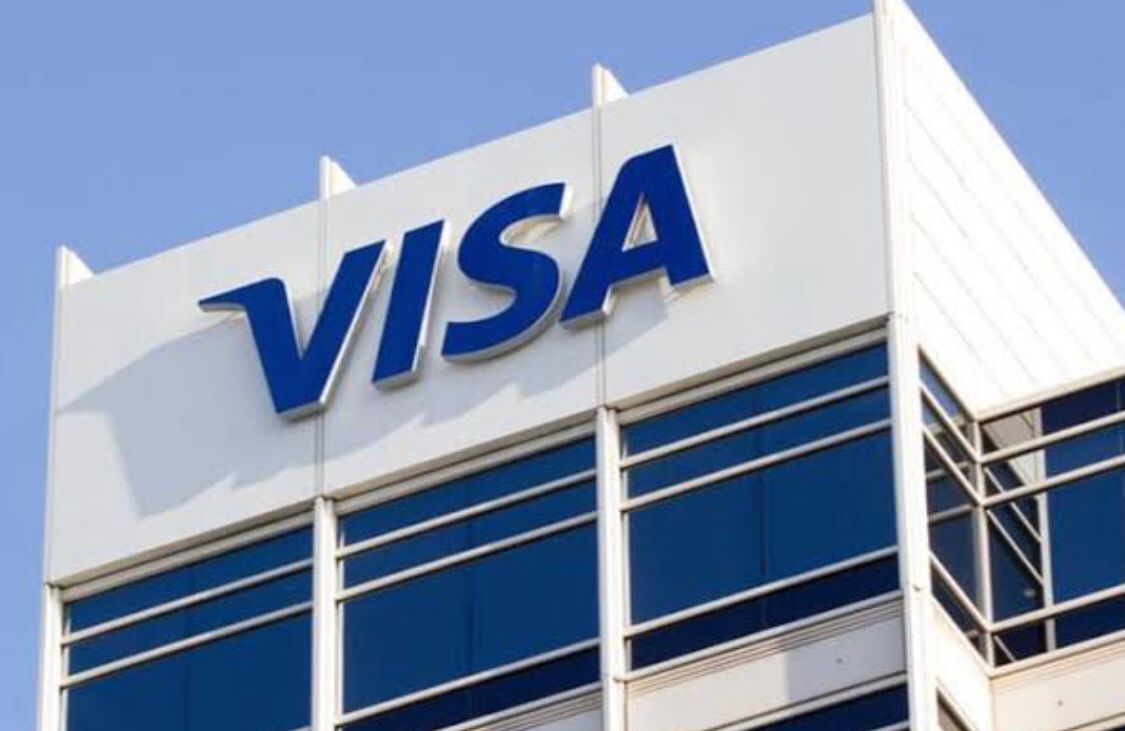Visa, a global payments giant, has taken a bold step to expand its stablecoin business across Central and Eastern Europe, the Middle East, and Africa (CEMEA). By teaming up with Yellow Card, a leading African crypto exchange, Visa aims to improve cross-border payments, treasury management, and liquidity solutions.
What the Expansion Means for CEMEA Nations
Visa’s expansion allows select banks and financial institutions in CEMEA to settle U.S. dollar-based cross-border transactions using stablecoins, digital currencies pegged to stable assets like the U.S. dollar. This reduces transaction costs, speeds up settlements, and enables payments 24/7, even on weekends and holidays.
Since 2023, the platform has settled over $225 million in stablecoin transactions, proving the system’s reliability. The partnership with Yellow Card, which operates in over 20 African countries, will explore ways to streamline business treasury operations and improve access to U.S. dollar liquidity.
For CEMEA nations, especially in Africa, this means lower remittance fees, faster international trade, and better financial inclusion for people with limited access to traditional banking. In Sub-Saharan Africa, where stablecoin remittances hit $500 billion monthly between June 2022 and July 2024, businesses and individuals will benefit from cost-effective global transactions.
Visa’s Recent Expansions
The latest CEMEA push builds on the company’s growing stablecoin efforts. In 2024, it launched the Visa Tokenized Asset Platform (VTAP), enabling banks like BBVA to pilot Ethereum-based stablecoins. The payments giant also invested in BVNK, a B2B stablecoin payments firm, to enhance global payment solutions. These steps show the company’s strategy to integrate stablecoins into mainstream finance.
The Yellow Card partnership aligns with similar moves, like PayPal’s collaboration with Yellow Card in 2023 to enable PYUSD stablecoin transfers in Africa. Looking ahead, Visa plans to deepen blockchain integrations, potentially expanding stablecoin services to more CEMEA countries and testing Visa Direct for real-time cross-border payments.
Despite regulatory challenges, such as Ghana’s warning against Yellow Card’s local operations, both companies aim to work with regulators to ensure compliance and drive adoption. This expansion positions Visa as a leader in transforming global payments, with CEMEA as a key growth region.
The company’s latest move underscores its vision that every institution moving money will need a stablecoin strategy by 2025. With Yellow Card’s expertise and Visa’s global reach, CEMEA’s financial landscape is set for a digital transformation, promising efficiency and opportunity for millions.
Find Cryptocurrencies to Watch and Read Crypto News on the Go Follow CryptosToWatch on X (Twitter) Now

